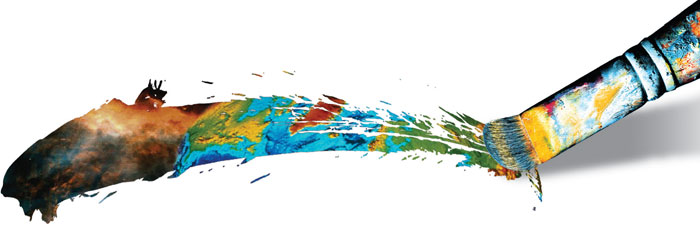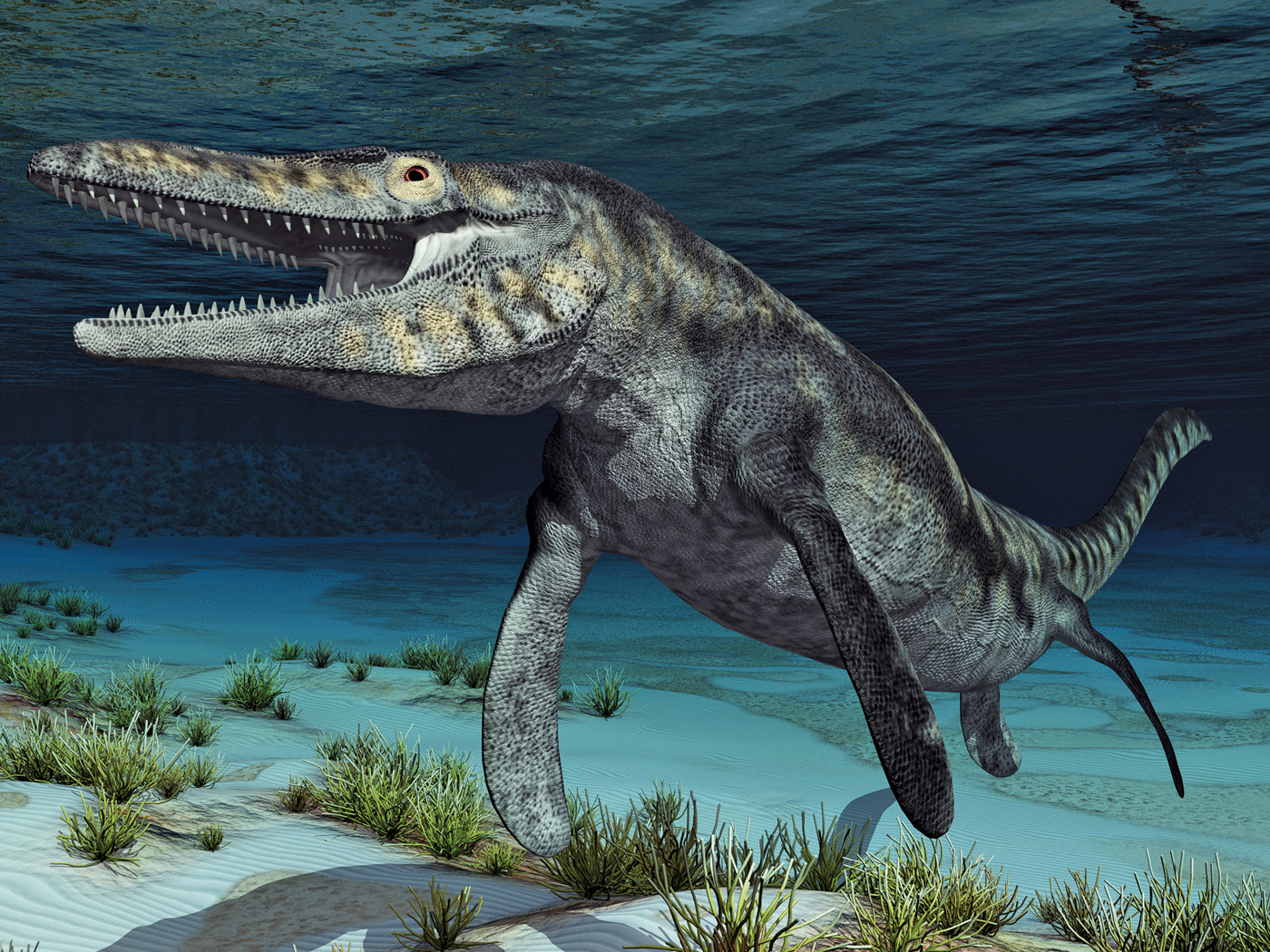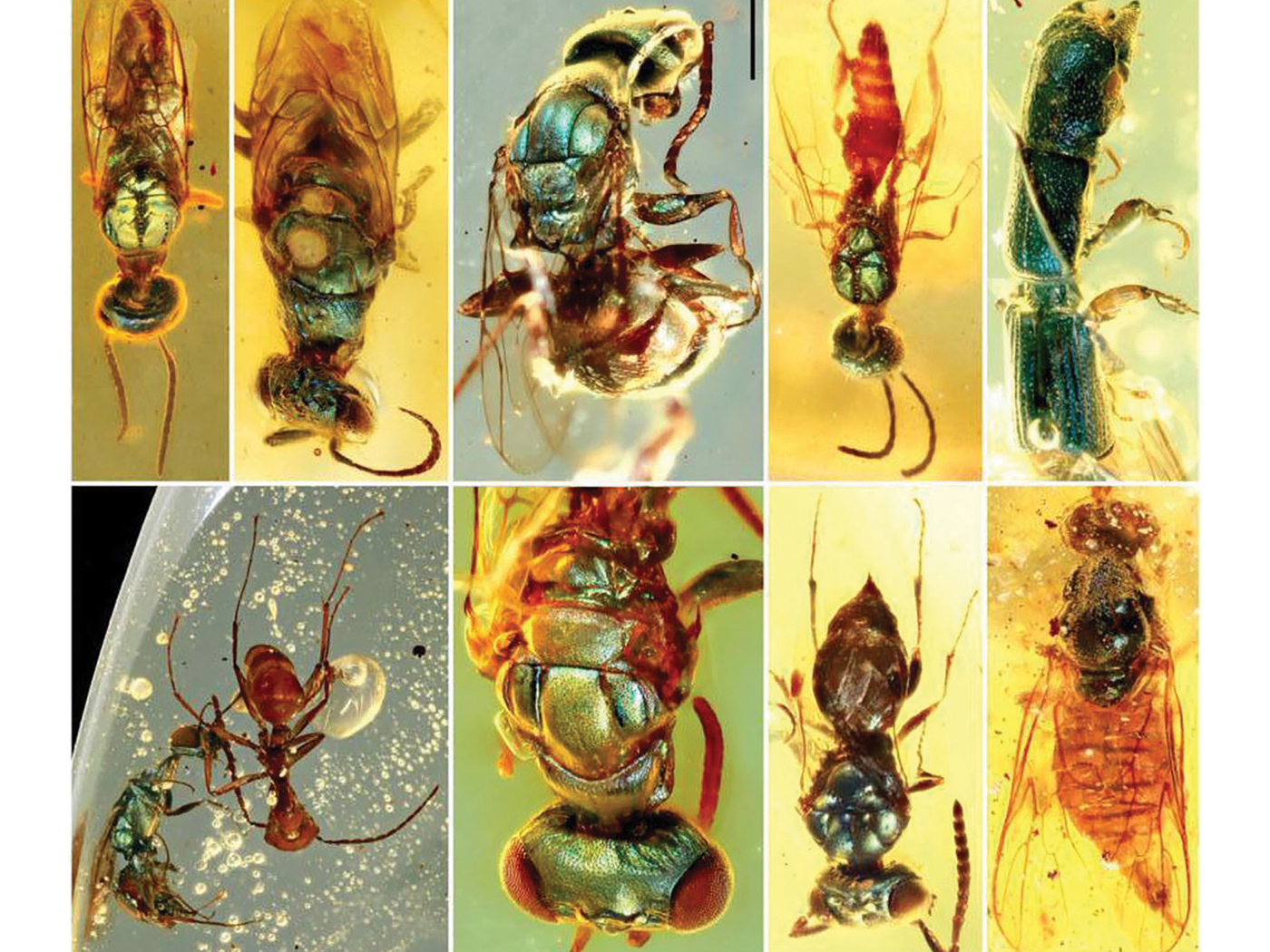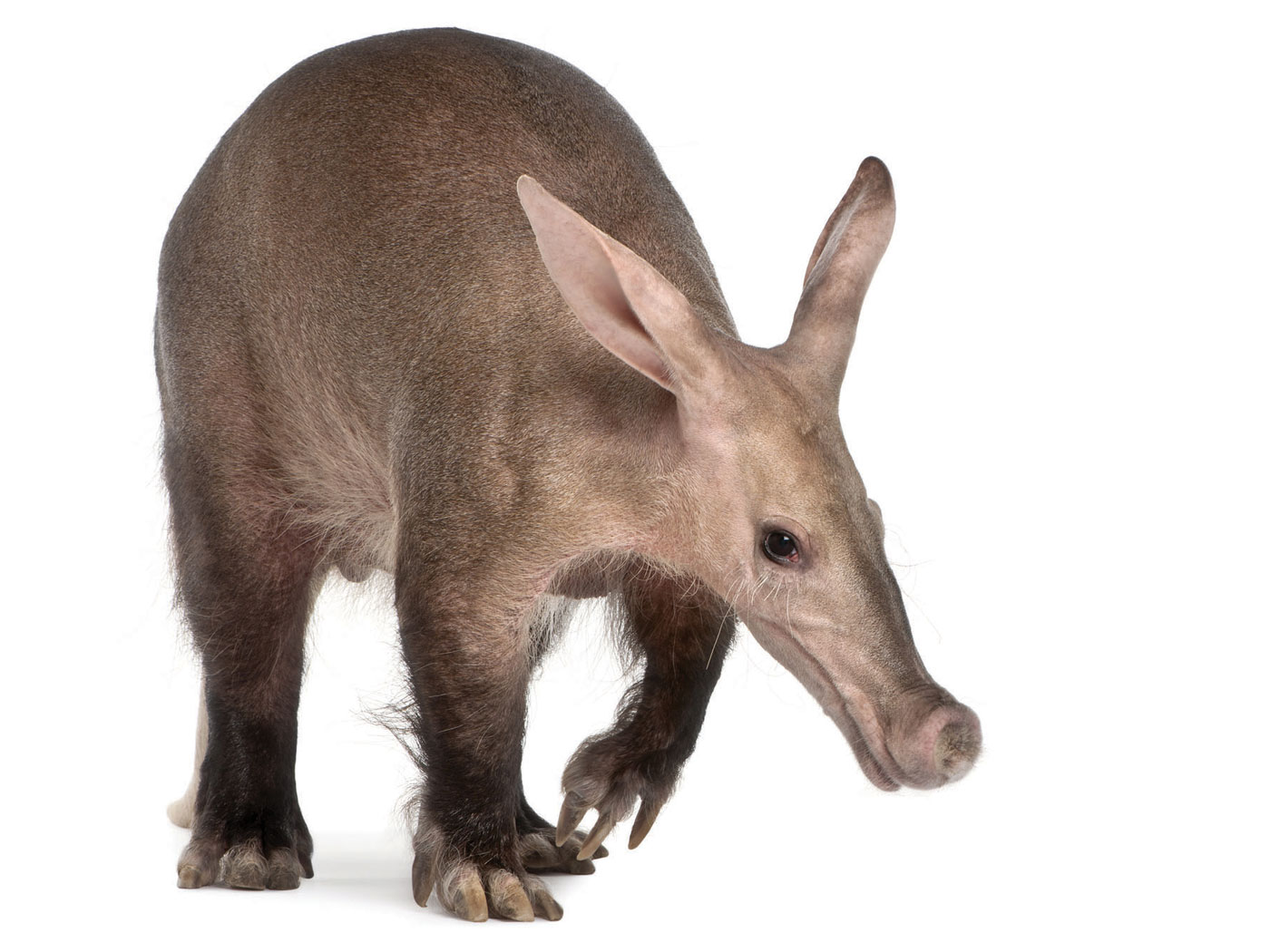Research is an integral component of creation apologetics at ICR. This year marks the beginning of a brand-new initiative in the life sciences, with a specific emphasis on biology. With several decades of creation research already behind us, you may ask, "Why research? Why biology?"
The general purpose of research at ICR is two-fold. First, since our evolutionary opponents love to lob scientific arguments against the biblical model of origins (in contrast to the textual criticisms many compromising Christians are prone to levy), we are seeking ways to refute these attacks with scientific data.
For example, a common objection to the unique and supernatural creation of man in the image of God is the supposed near-identity (~95-99 percent) of the human and chimpanzee genomes. Identifying scientific facts that demonstrate the differences between us and the apes would underscore the truth of scriptural account.
Second, since the scriptural record of historic events omits many scientific details, building a robust biblical model of origins requires we fill in these details. Absent a time machine to observe the Curse, Flood, and tower of Babel, we are left with indirect methods of inferring the scientific consequences of these events. Perhaps the most rigorous way of knowing and understanding the world (apart from Scripture) is the scientific method. By performing controlled experiments in the context of modern geology and biology, we can begin to form conclusions about the scientific details of the unobservable past.
Our specific focus on biology stems from the profound predictions Scripture makes about biology and from the current state of the creation biology field. The events of Genesis chapters 1-2 and 6-7, specifically, have enormous implications for the nature of biological change and for the mechanisms that promote and limit it, yet precious little research has been done to examine how these predictions have played out in genomes and morphology of organisms that exist today. How much change is permissible in light of Scripture? How have limitations to change been hard-wired into each organism's genetic code? Where does all the biological diversity seen today come from? These, and other questions, are the focus of our current undertaking. Discovering the answers to these questions will enhance our understanding of the true nature of biology and will highlight the inadequacy of the evolutionary explanation.
The life sciences research team--currently consisting of Jeff Tomkins, Charles McCombs, and myself--is currently parsing the list of pressing questions down to a manageable few. Once we identify the major unanswered origins biology questions, we will begin Phase 1 of our project --a comprehensive literature survey to identify the best methods and techniques necessary to answer these questions. Expect to read more about the questions we have identified in future installments of this column.
This project, like many research projects, will require significant amounts of time. Step-by-step experimentation is a notoriously slow process. Our team anticipates that this project, from the time we settle on a short list of research questions to the time we complete the final experiments, will require 5-8 years. Nevertheless, we expect the fruits of such protracted labor to be richly rewarding. Please keep the research team in your prayers as we embark on this exciting endeavor of identifying and exploiting the major evolutionary biology weaknesses, and of bolstering the creation biology model.
* Dr. Jeanson is Research Associate and received his Ph.D. in Cell and Developmental Biology from Harvard University.
Cite this article: Jeanson, N. 2010. New Initiatives in Creation Research. Acts & Facts. 39 (4): 6.












